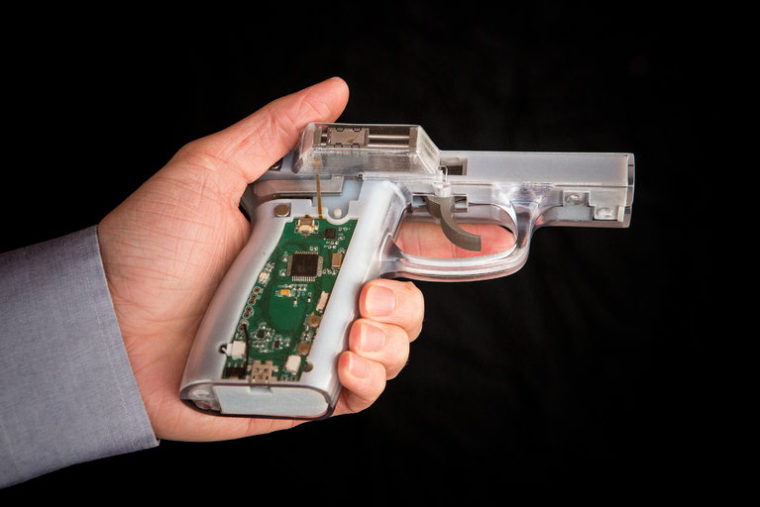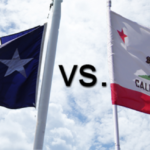The Department of Justice has issued official guidelines for the manufacture of smart guns — weapons that, like smartphones, have technology to allow only the rightful owners to use them. The guidelines aim to “shape the future of gun safety technology,” as called for under an executive order issued in January by President Obama, in the face of Congress’s refusal to deal with the nation’s horrendous toll of gun deaths.
Nearly 7,000 children committed suicide with guns from 1999 to 2014, and thousands of people are killed every year with misappropriated guns. How many lives might be saved if guns were equipped with fingerprint scanners, radio frequency chips or other evolving technology that blocks anyone but the owner from using them?
The National Rifle Association gun lobby was quick to sneer that the guidelines, issued on Nov. 16, were a desperate effort by Mr. Obama to claim “a ‘win’ during his waning days in office.” Actually, the guidelines reignite the promise of smart guns — a promise cut short 16 years ago when the N.R.A. led a boycott of Smith & Wesson after the gun manufacturer pledged in a White House agreement to explore smart-gun technology.
The technology is available. In fact, Jonathan Mossberg, scion of the nation’s oldest family-owned gunmaker, O.F. Mossberg & Sons, patented a shotgun in 2000 that successfully blocked firing by anyone not wearing the shooter’s radio-frequency identity ring. The gun industry lacks not the high-tech know-how, but the fortitude to advance the safety of its weapons in the face of gun-lobby politics and threats. The new voluntary guidelines aim to create industry standards for reliable battery power in a smart gun, for ensuring unhindered speed in drawing the weapon and for the distance allowed between the gun and its owner’s ID device.
by The Editorial Board, nytimes.com



